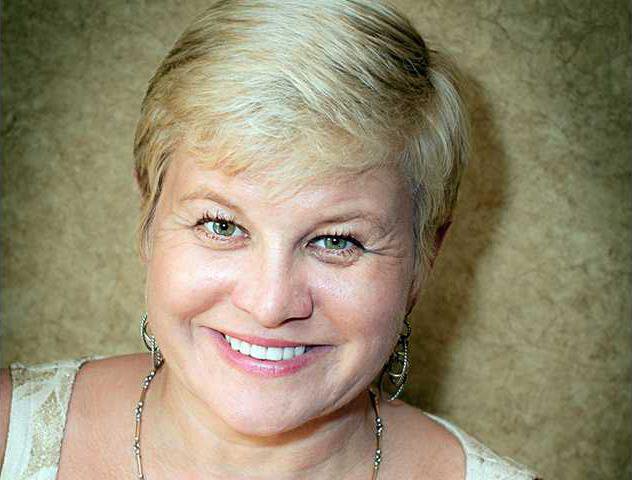Last week, during a trip back to England to see family, I accepted a long-standing invitation for lunch at the House of Commons in London.
This invitation came from an old university friend who became a member of Parliament in 2001, which is the rough equivalent of a U.S. congressman. He has been re-elected three times since then and recently was appointed minster of state in the Conservative government that was elected to office earlier this year.
It was interesting to catch up with someone I used to know well and have not seen for nearly 20 years — before I was married or even imagined moving to the USA. It was also interesting to see the members’ dining room in the Parliament Building, the lovely terrace views of the River Thames and to think about all the history this building has seen.
When Parliament was built in the year 1099 by King William II, it was the largest hall in Europe — 240 feet long by 67 feet wide, totaling about 17,000 square feet. There are two “houses” within Parliament: The House of Commons (roughly equating to the U.S. House of Representatives) and the House of Lords (similar to the U.S. Senate).
According to britannica.com, the House of Commons’ origins date back to the 13th century. At that time, landholders in the counties and towns began sending representatives to Parliament to present grievances and petitions to the king. Then, in the 14th century, knights and burgesses who were selected as representatives of “the commons” began sitting in a separate chamber from the one used by the nobles and high clergy, also known as “the lords.”
At first, the House of Lords was the more powerful of the two houses, but its powers have decreased over the centuries. By the late 17th century, the House of Commons had gained the sole right to initiate taxation measures. The Parliament Act of 1911 enabled a majority in the House of Commons to override the Lords’ rejection of a bill.
In America, the president must sign a bill passed by both houses of Congress before it can become law, while in Britain, that is one of the few actual governmental responsibilities still undertaken by the sitting monarch, called the “royal assent.” The British sovereign almost automatically provides the Royal Assent to any bill passed, with the last one rejected was in 1707 by Queen Anne. Interestingly, the monarch is also banned from entering the House of Commons since the English civil war in the mid-17th century. The British queen must be in the House of Lords to undertake her ceremonial duties for the opening of Parliament.
According to www.parliament.uk, there are 650 MPs, with 459 of these male. Women were not even eligible to stand for election until 1918. Members of the House of Commons must be at least 18 years of age, but certain clergy, judicial officers, members of the armed forces, police officers and civil servants are ineligible for election. It is a legal requirement for a general election to be held at least every five years, and parliamentary debate has been broadcast to the general public on radio since 1978 and on TV since 1989. You may have seen either a debate in the UK House of Commons or “Prime Minister’s Questions” here in the U.S. on C-Span.
While in the British Parliament buildings, I waited in the members’ lobby to be shown into the members’ dining room. The English term “lobbyist” originates from people waiting in this very room to “lobby” their MP about a cause or law. In the lobby, there are four bronze statues of some of the nation’s greatest prime ministers, including Winston Churchill, Clement Atlee, Margaret Thatcher and David Lloyd George, as well as numerous stone statues and busts of others. Historically, you could only have a statue in the lobby if you had died, but the rule was changed in 2002. Thatcher’s statue was commissioned the next year and debuted in 2007. A bust of Tony Blair also has been commissioned. Members will often touch the statue or bust of their favorite PM before they give a speech for good luck.
I admit it seemed very strange meeting my old university friend who now occupies a position of considerable power and prestige within the UK government. It reminds me of a great quote I once heard from American writer Kurt Vonnegut: “True terror is to wake up one morning and discover that your high-school class is running the country.”
God bless America — and, of course, the United Kingdom!
Contact Francis at lesley@francis.com or at www.lesleyfrancispr.com.
Having lunch in Britian's House of Commons
An English Rose in Georgia


Sign up for our E-Newsletters